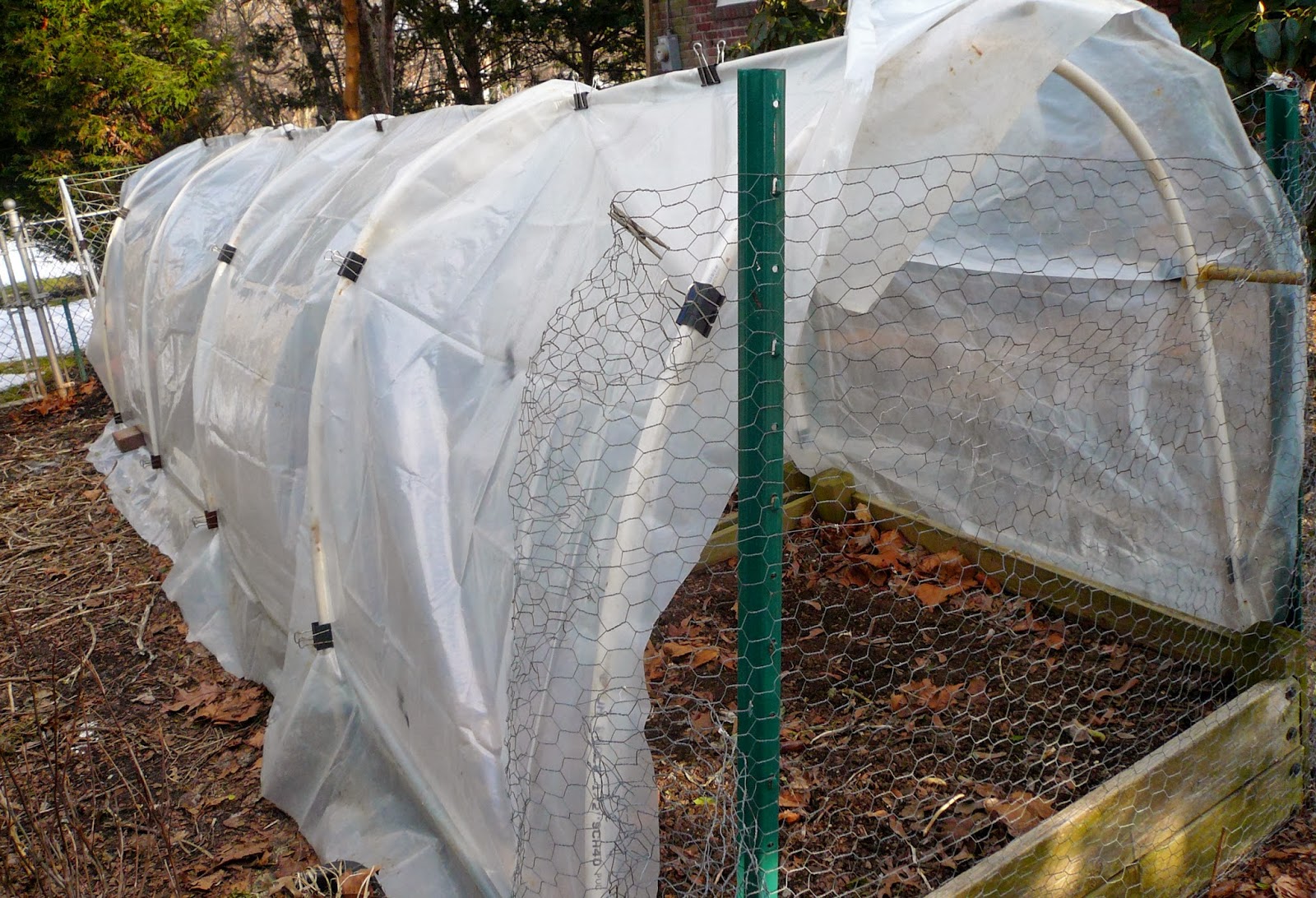The soil in raised beds warm up faster then traditional gardens. By adding a hoop house, which is warmed by the sun, I can get a jump start on spring, extending the growing season by 4-6 weeks.
I don't like to rely on just one method for seed starting, just in case something goes wrong. Instead, I do a combination INDOOR SEED STARTING, WINTER SOWING, and DIRECT SOWING.
Outside, I have started "WINTER SOWING" of Broccoli, Cauliflower, Cabbage, Lettuce, Spinach, and Onions, and Brussels Sprouts.
Inside, Onions, Broccoli, Cabbage, Brussels Sprouts, Spinach, Peppers, Radishes
Starting in Mid-March, I will DIRECT SOW most of the above under the HOOP HOUSES and COLD FRAMES, along with PEAS, LEAFY GREENS, and ROOT VEGETABLES.





































